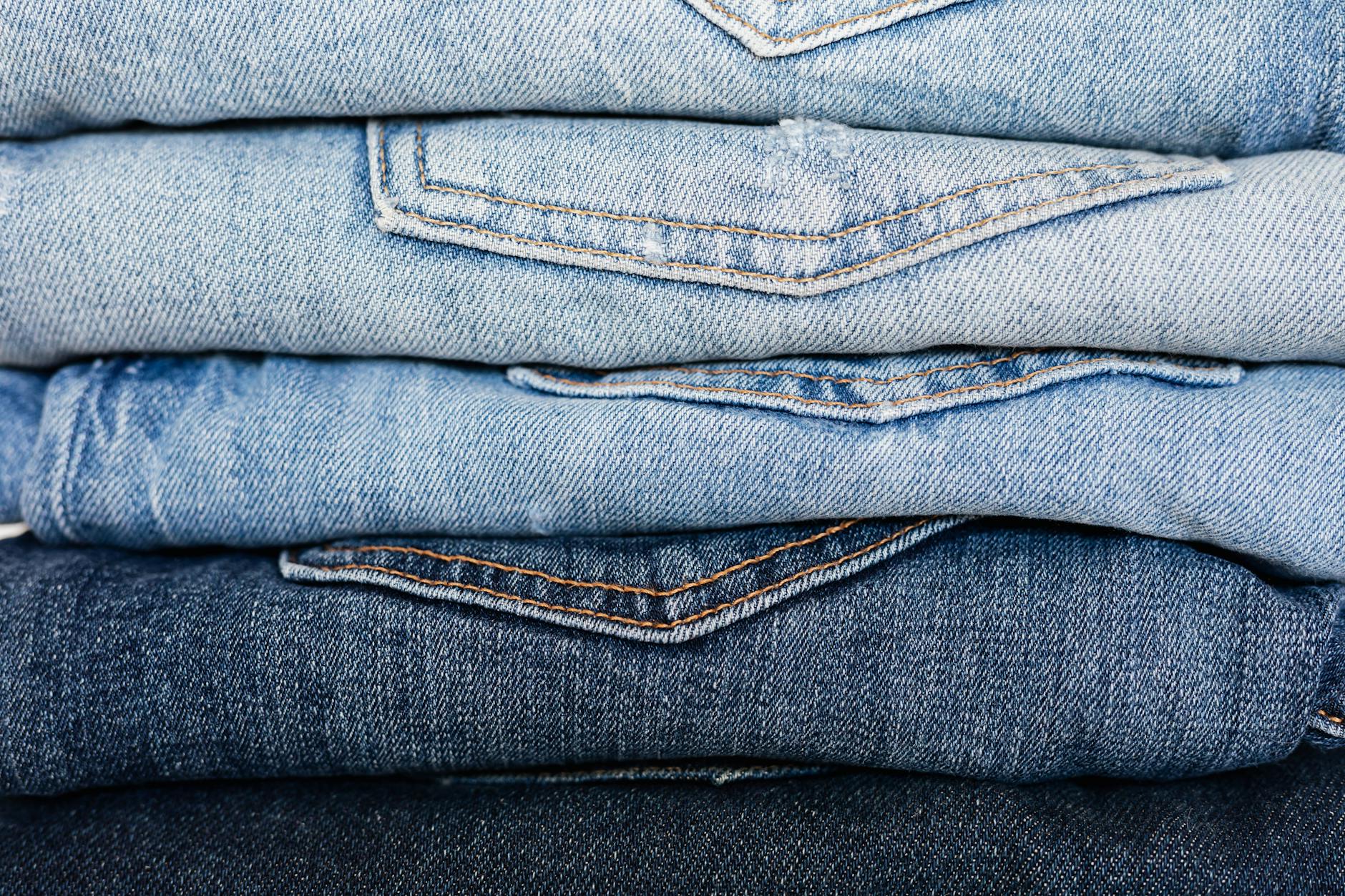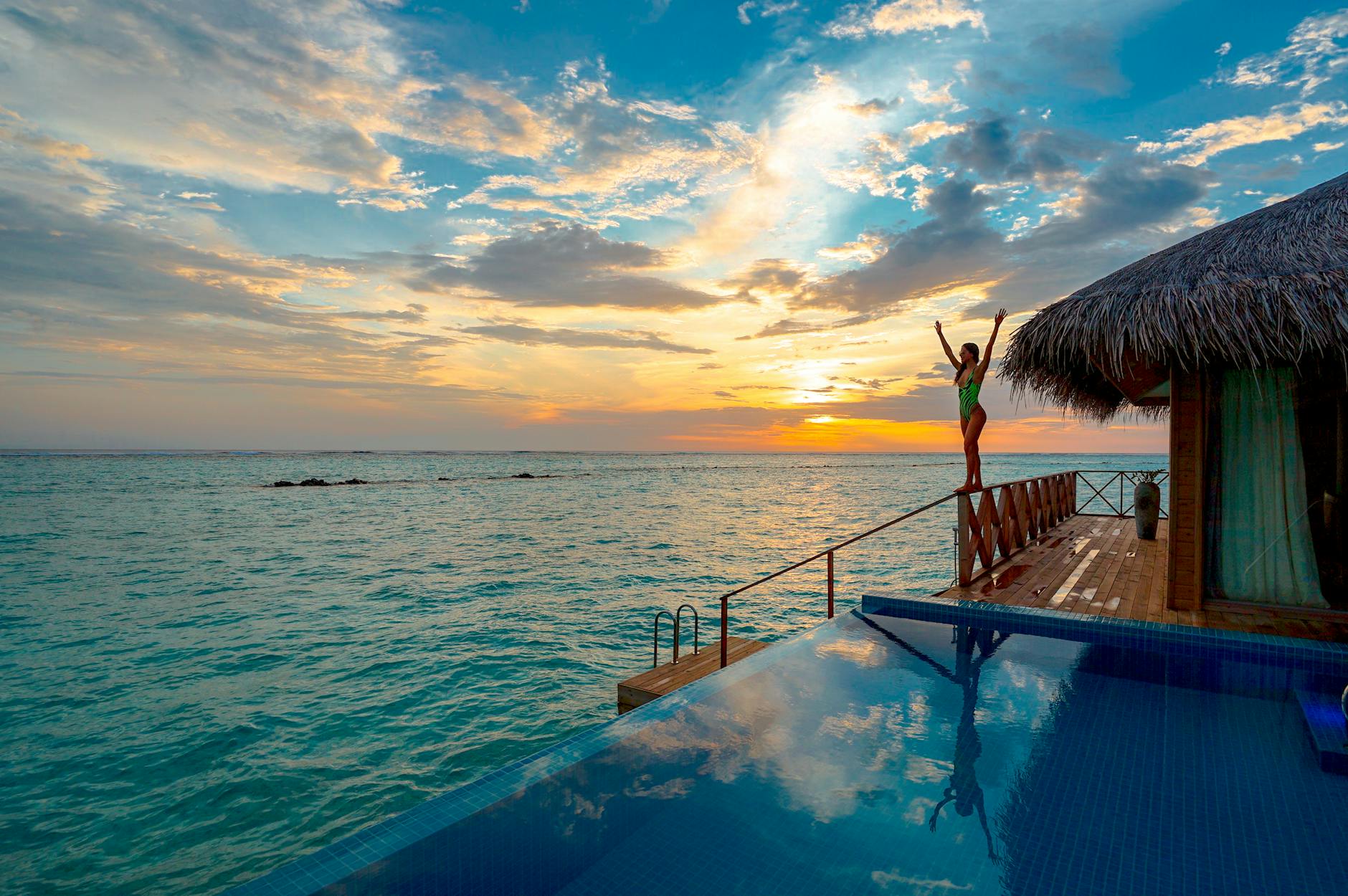How to Make Environmentally-Friendly Sunscreen Choices in Australia

Effects of Chemicals on Coral Reefs
The health of our coral reefs is under significant threat from harmful chemicals found in popular sunscreens. When locals and tourists flock to the Cairns Esplanade Lagoon, little thought might be given to how substances like oxybenzone and octinoxate seep into the water, creating a hazard for the delicate ecosystems within the Great Barrier Reef Marine Park. These chemicals can induce coral bleaching by making corals more susceptible to stressors, affecting their adaptability and survival. As someone deeply connected to these waters, I find it crucial to spread the word about the importance of changing consumer habits regarding sunscreen selection.
Luckily, alternatives like zinc sunscreen are available and less harmful to marine life. Zinc oxide is a mineral-based ingredient that doesn't dissolve in water and is considered reef-safe. It reflects UV rays without releasing toxic substances, sparing corals and other marine organisms from chemical harm. Switching to such eco-friendly options is a small yet impactful choice we can make to preserve our precious marine ecosystems.
Adopting reef-safe practices not only supports the conservation of marine habitats but also enriches your coastal adventures by ensuring a healthier underwater world. By choosing the right products, we contribute to the ongoing preservation of these vibrant ecosystems.
Identifying Reef-Safe Ingredients
Beneficial Natural Alternatives
When diving at the Great Barrier Reef Marine Park, I've witnessed firsthand the delicate beauty that teeters under the threat of harmful chemicals in sunscreens. As someone with a keen eye for preserving marine ecosystems, I cannot stress enough the importance of choosing alternatives that are as kind to the ocean as they are to your skin. One such alternative is natural sunscreen that incorporates ingredients like non-nano zinc oxide or titanium dioxide. These minerals sit on your skin's surface, creating a physical barrier against harmful UV rays without leaching into the coral reefs.
Other natural ingredients you can look for include coconut oil, shea butter, and various plant-based extracts. These components are often biodegradable and less likely to disrupt marine life. Here’s what to keep in mind:
- Non-nano Zinc Oxide: This mineral provides effective UV protection without penetrating the skin, which reduces the risk of entering marine environments.
- Coconut Oil and Beeswax: Both help in conditioning the skin and maintaining a waterproof seal without synthetic additives.
- Aloe Vera and Green Tea Extract: Known for their soothing properties, these can help minimize irritation and are generally biodegradable.
Keep in mind that being mindful of the labels on sunscreen products helps reduce the damaging impact on marine ecosystems. By switching to natural options, we contribute to safer and healthier oceanic environments.
Evaluating Sunscreens in Australia
Regulatory Standards for Sunscreens
In Australia, sunscreens undergo strict regulatory scrutiny. The Therapeutic Goods Administration (TGA) ensures that any baby sunscreen meets high safety and efficacy standards. The climate here, especially in places like the Great Barrier Reef Marine Park, necessitates skin protection while safeguarding our precious marine life. Conducting thorough reviews, the TGA certifies sunscreens only if they align with the overall public safety goals. Understanding these standards allows us to choose products that are protective without harming our ecosystems. Opt for sunscreens labeled 'reef-safe' and vetted by independent organisations.
Labels and Certifications to Trust
Navigating sunscreen labels can be complex, yet there are certifications you can trust. Look for products approved by recognised entities focusing on environmental impact, such as those endorsed by the Australian Certified Organic or made from naturally derived ingredients. These certifications assure you that the product is free from harmful chemicals that can damage coral reefs and marine biodiversity. Paying attention to reliable labels helps you make informed purchases that benefit both your skin and the environment.
Local Products vs. Global Products
Choosing between local and global sunscreen brands can be overwhelming. Local Australian products often have an edge as they are specifically formulated for the harsh sun conditions we experience along the Cairns Esplanade Lagoon. These products are more likely to align with local environmental values. On the other hand, some global brands also offer effective and eco-friendly options. Always compare ingredient lists, prioritising those less likely to damage marine ecosystems, so you protect yourself and the environment.
Best Practices for Sunscreen Use
As someone devoted to conserving the Great Barrier Reef, I've seen firsthand the positive impact small changes can make. It's crucial to pair reef safe sunscreen with other protective measures if we aim to preserve marine life while still enjoying the sun. Consider using long-sleeved swimwear as additional protection. Not only does it shield your skin from harmful UV rays, but it also reduces the amount of sunscreen you need to apply, decreasing potential harm to coral reefs.
When it comes to applying sunscreen, ensuring you cover all exposed skin is key. Apply generously at least 15 minutes before sun exposure, and make it a point to reapply every two hours or immediately after swimming or sweating. This maintains optimal protection and minimises the chance of chemical particles rinsing off into the ocean.
Moreover, educating others in your community about sustainable choices can significantly grow the positive impact on our environment. Encourage your friends and family to choose reef-safe sunscreens and share insights about marine conservation practices. For those living in ecologically rich regions like Cairns, engaging with local conservation communities can enrich your understanding and advocacy efforts.
These practices inspire collective responsibility, fostering an informed community committed to marine conservation without compromising sun safety.
Avoiding Pitfalls with Sunscreen Use
Misunderstanding 'Reef-Safe' Claims
Misleading 'reef-safe' claims can confuse even the most environmentally conscious among us. Many sunscreens wave this label without truly meeting the necessary standards. It's crucial to look beyond marketing jargon and focus on the ingredients list instead. Ingredients like oxybenzone and octinoxate can be harmful, as we've seen the damage they cause near popular spots like the Great Barrier Reef Marine Park. To genuinely support marine life, opt for products containing zinc oxide or titanium dioxide, which pose less risk to our ocean friends.
Ignoring Expiration Dates
Another common oversight is neglecting to check expiration dates. Outdated sunscreen doesn't just offer reduced UV protection; it might also hinder efforts to protect our delicate ecosystems. We all love a good day at the Cairns Esplanade Lagoon, but applying expired sunscreen can leave our skin and the environment vulnerable. Always check the bottle before heading out and ensure you're armed with fresh, potent protection.
Irregular Reapplication Habits
Reapplying sunscreen consistently is crucial, yet often overlooked amid excitement for hikes in Daintree National Park or snorkeling adventures. Regular application, at least every two hours and after swimming, is vital. It ensures both effective skin defence and minimises potential harm from sun exposure. Educate your friends and family on this practice; after all, informed people make empowered choices for a healthier future for our reefs and beaches.


